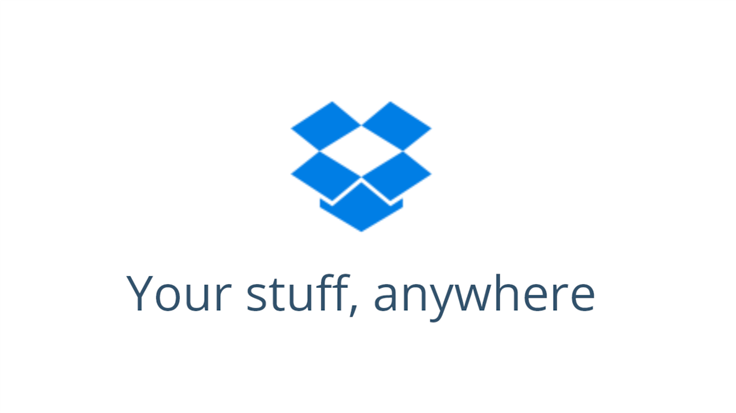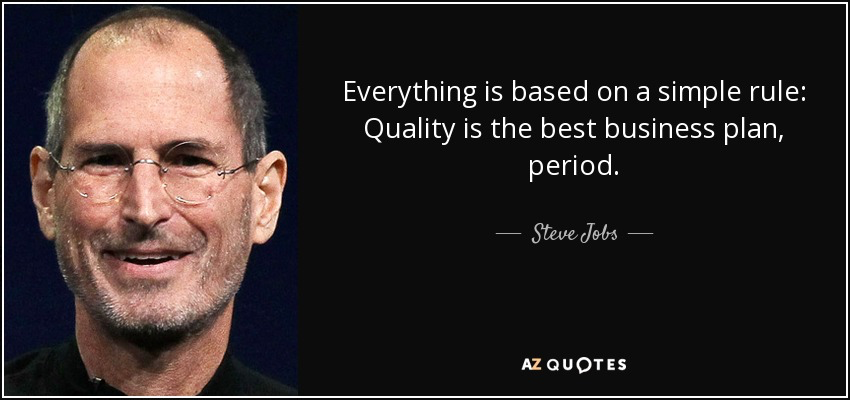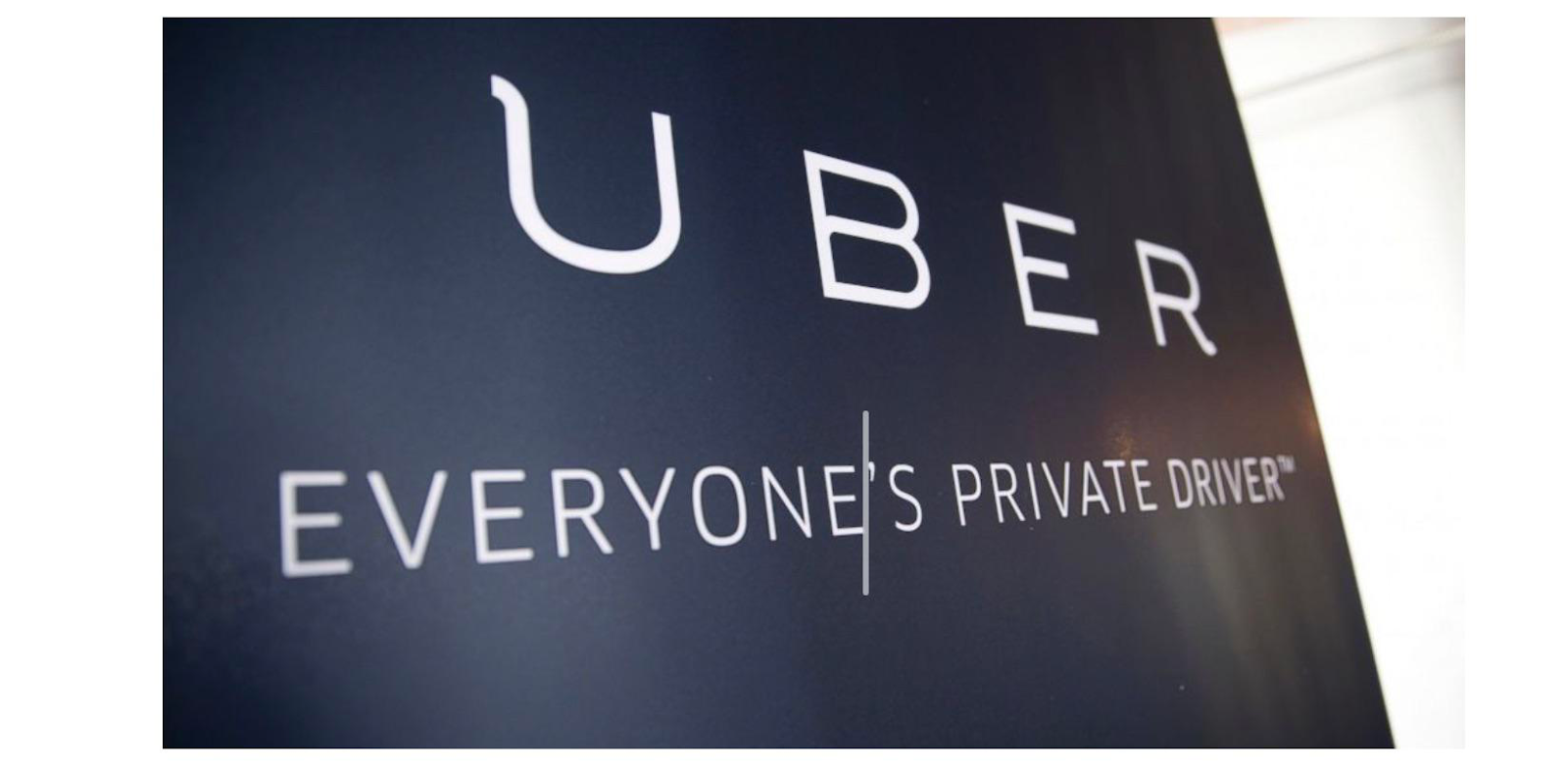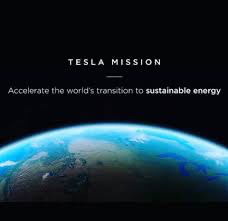Tel Aviv, Paris, San Francisco
How to craft the messaging of your pitch deck to convince investors


Every week, I meet founders who are building brilliant products. Visionary tech. Billions dollars markets, Solid metrics. And yet, when they pitch, the magic dies. Why? Because their message collapses under the weight of their own complexity. They think they need to say more to “sound” like a pro, and prove their worth. They feel the urge to throw numbers, features, and buzzwords like confetti. But investors aren’t buying this. They’re buying your clarity. Your deck doesn’t raise money. Your messaging does. In a world where every founder says “AI,” “disruption,” and “next-gen,” the one who wins is the one investors can understand in one sentence.
So here’s the truth:
You don’t need a better deck.
You need a better message.
So, let’s build it.
I. Why do most decks fail before slide 3?
Because clarity dies where ego begins. Most founders think complexity equals credibility.
That the more they explain, the more impressive they sound. But in a pitch, clarity beats intelligence. Because no one invests in what they don’t understand. An investor skims 50 decks a week. You’ve got 20 seconds to make them care. If you’re still explaining your product by slide 3, you’ve already lost them.
Slack understood this from day one. Their first deck started with one brutal truth: “Email kills productivity.” No buzzwords. No diagrams. Just a pain every human has felt. It’s not about communication tools, it’s about time, energy, and frustration.

Dropbox went even shorter. “Your stuff, anywhere.”
No “cloud-based synchronization platform leveraging secure storage protocols.”
Just one sentence that paints a picture in your head.

Simplicity is not a lack of depth. It’s the result of depth. As Steve Jobs said, “Simple can be harder than complex.” Your pitch’s job isn’t to prove you’re smart. It’s to make people care enough to want to know more.

II. What does “messaging” really mean in a pitch deck?
Messaging isn’t your slide titles. It’s not your tagline or your copy. It’s the narrative spine of your company. It’s what connects your purpose, your product, and your promise. It’s the invisible current running through your deck, the one that makes the investor’s brain go, “I get it.” Strong messaging answers four questions, always in this order:
- Why do you exist? — What problem makes you lose sleep?
- What do you do? — What’s your solution, in one line?
- How are you different? — Why you, not someone else?
- What changes because of you? — What’s your impact, your “so what”?
If one of these is blurry, your entire story wobbles.
Airbnb is the masterclass. Their whole brand, and their deck, held on three words: “Belong Anywhere.”
Not “peer-to-peer hospitality marketplace.”
“Belong.” That’s emotion.
“Anywhere.” That’s scale.
In three words, you understand the product, the feeling, and the future.

Uber did the same with: “Everyone’s private driver.” They didn’t sell a ride. They sold power. That feeling of having something once reserved for the elite, now in your pocket.
That’s messaging: when your product becomes an emotion.

III. How can you actually craft powerful messaging?
You don’t need another workshop. You need to unlearn how you talk about your startup. Here’s the 4-step method I use with every founder we coach at The Bract Agency.
1 - How do you clarify your core message?
Start with the sentence that scares you. The one that feels “too simple.” Because if it doesn’t feel slightly too obvious, it’s probably still too complicated. Use this formula: “We exist to [solve what problem] for [who], by [how].”
Notion mastered this: “The all-in-one workspace.” Three words. No poetry. No metaphor. Just truth. It’s so simple it almost feels underwhelming, until you realize that everyone instantly knows what it means. And that’s the point: investors shouldn’t have to decode your story. They should instinctively get it. A strong message acts like a compass. It keeps your story, and your team, aligned.

2 - How do you find your emotional hook?
Logic convinces. Emotion converts. Your emotional hook is why it matters. It’s often the moment you decided “I have to build this.”
Think of Airbnb again. Three friends. No rent money. Three air mattresses on the floor. That night became a billion-dollar origin story. It’s not about travel. It’s about belonging. About feeling at home in a stranger’s house, and in your own skin. Your hook doesn’t have to be dramatic. It just has to be real. Something people can feel when you speak.
Take Figma: “Design for everyone.” Behind that line? A simple idea: creativity shouldn’t require expensive software or a design degree. Your hook lives at the intersection of empathy and insight. When you find it, your pitch stops sounding like an app, and starts sounding like a mission.

How do you make every slide echo your message?
Your message isn’t one slide. It’s the rhythm underneath all of them.
Tesla nailed this. “Accelerate the world’s transition to sustainable energy.” That one line flows through every aspect of their story: product, design, brand, even their battery technology. The product isn’t a car. It’s a movement. The best decks are like songs: every slide plays a different note, but the melody stays the same. When an investor senses that coherence, they subconsciously feel trust.

Because consistency = control. And control = credibility.
How do you test if your message works?
Here’s a brutal truth: if your message only works inside your industry, it doesn’t work.
Dropbox’s rule: “If my mom can explain it, we’re good.” That’s not about dumbing down. It’s about universality. Clarity doesn’t mean simplifying your idea. It means simplifying your language. Because investors don’t invest in what’s complex. They invest in what’s clear enough to repeat. If someone can’t explain your startup after hearing your pitch once, it’s not ready.
IV. What are the traps that kill clarity?
There are four main traps I see founders fall into, again and again.
Feature Dumping = You’re proud of your product. I get it. You’ve spent months building it. But a deck isn’t a product demo. It’s a story. Replace “We use AI for adaptive routing optimization” with “We cut delivery costs by 40% for e-commerce brands.” One explains.The other translates value.
Buzzword Overdose = If your deck says “AI”, “next-gen”, or “disruptive” on every slide, you’ve lost the room. Buzzwords make you sound generic. Specifics make you sound credible.
Example:
Instead of “next-gen analytics,” say “we help CFOs see problems before they hit the balance sheet.”
That’s human. That’s useful. That’s messaging.
Investor Bingo = You think you need a slide for everything: problem, market, TAM, traction, vision. But you forget the thread that connects them. A deck isn’t a PowerPoint. It’s a narrative arc. Every slide should answer the same question: “So what?” If it doesn’t, delete it.
Fear of Simplicity = Founders often resist clarity because it feels “too easy.” As if being understood made them less innovative. Wrong. Clarity isn’t a lack of complexity. It’s mastery over it. Airbnb. Slack. Dropbox. Notion. Their decks are ridiculously simple. And that’s why they raised. If it takes a PhD to explain your startup, it’s not ready for investment.
V. Why does good messaging go far beyond your deck?
Here’s what most founders miss: your pitch messaging isn’t just for investors. It’s for everyone who touches your brand. The work you do on your story becomes the foundation for:
- Your website copy
- Your sales pitch
- Your team alignment
- Your press narrative
- Even your recruitment tone
Figma & Canva are proof.
Their core line, “Design for everyone”, drives their entire ecosystem.
Product, pricing, onboarding, community, all rooted in one belief.
That’s the power of great messaging: it scales.
At The Bract, we call it the “clarity cascade.”
When your message is clear, your team aligns.
When your team aligns, your customers understand.
When your customers understand, growth compounds.
Clarity → Consistency → Trust → Scale.
That’s the real growth loop.
VI. How do you start crafting yours today?
Let’s make this actionable.
Start with the pain = What’s the moment your user says, “This sucks”? That’s your problem slide.
Write your one-line mission = “We exist to [solve what] for [who], by [how].”
Add emotion = Why you? Why now? What human truth drives this?
Stress-test it = Explain it to someone who doesn’t care about startups.
If they can repeat it, it’s strong.
Echo it everywhere = Website headline, demo intro, press email, LinkedIn bio, everything must sound like one voice. Because messaging isn’t a line on a slide. It’s a habit.
Conclusion
The best founders don’t pitch their product. They pitch their belief. They make you feel something before they make you understand everything. That’s the power of messaging. It’s not decoration. It’s differentiation. So before you polish your deck, ask yourself: “Would someone remember this if I wasn’t in the room?” If the answer is no, you’re not done. Because investors don’t remember slides. They remember sentences.
“Confusion costs. Clarity converts.” That’s your new metric.
The Bract Agency is a branding, digital, growth agency in Tel Aviv, Paris, & San Francisco. We team up with startups and entrepreneurs to transform potential into growth.
Learn more


